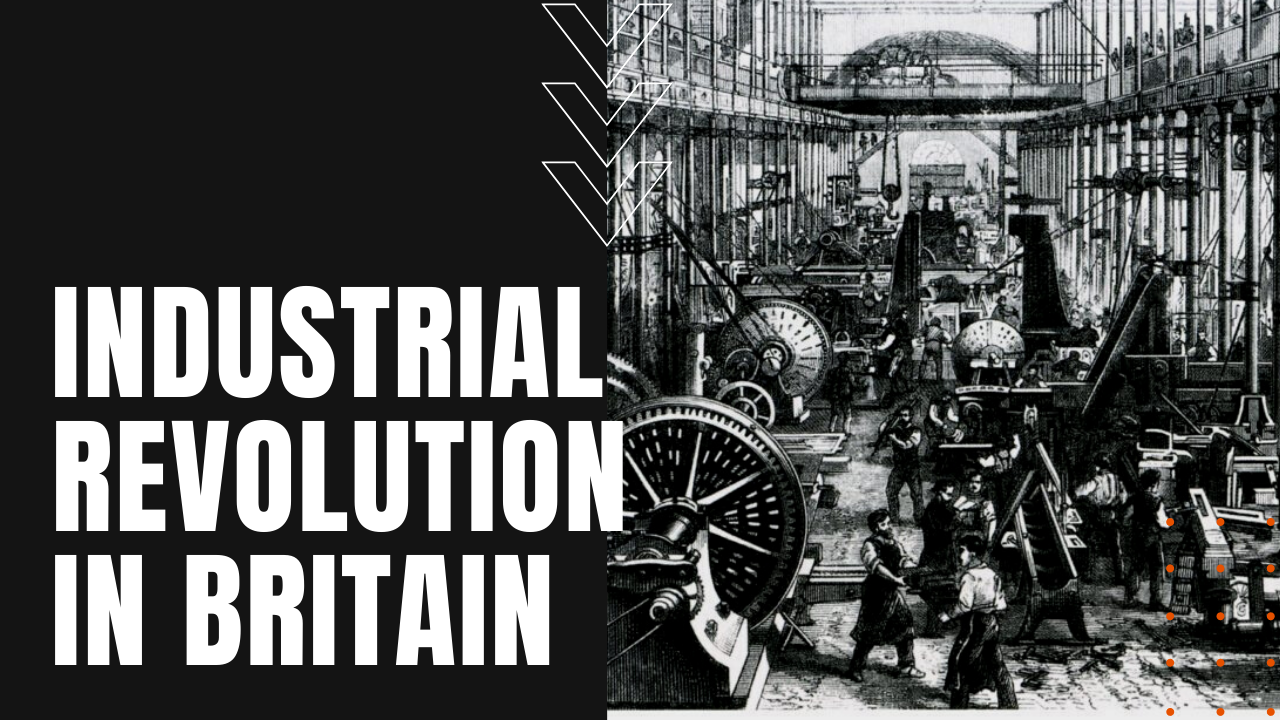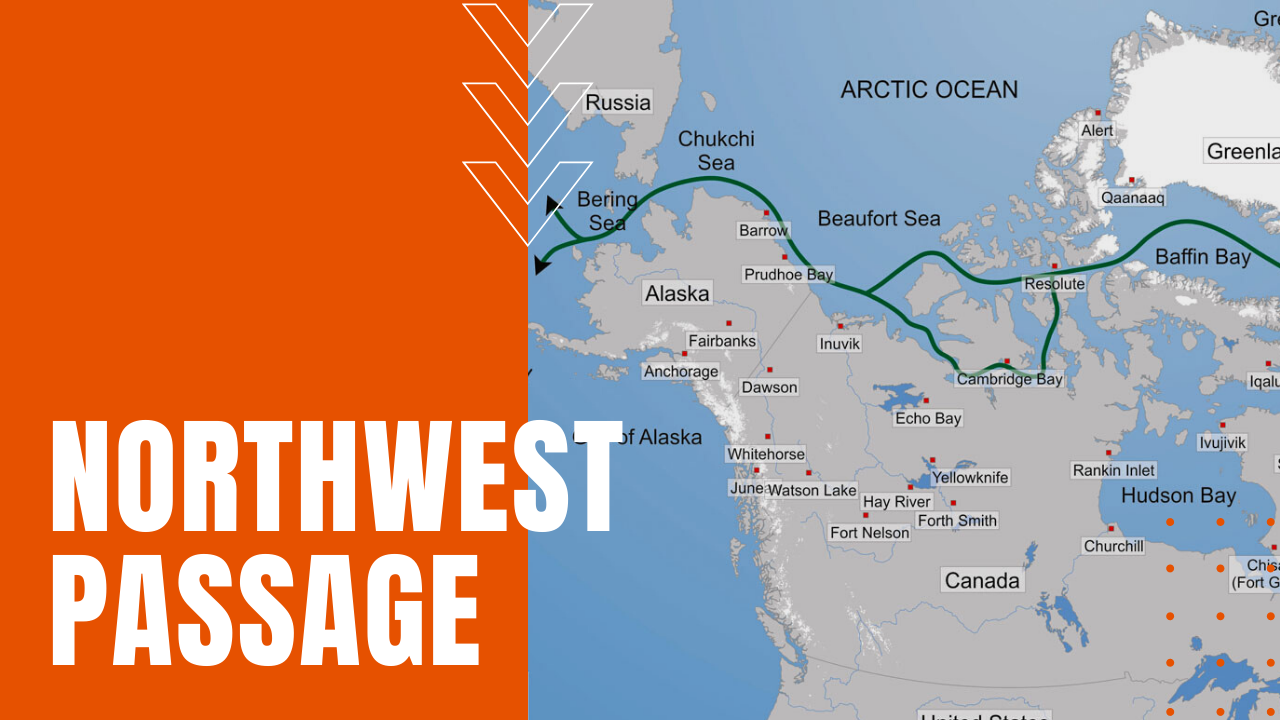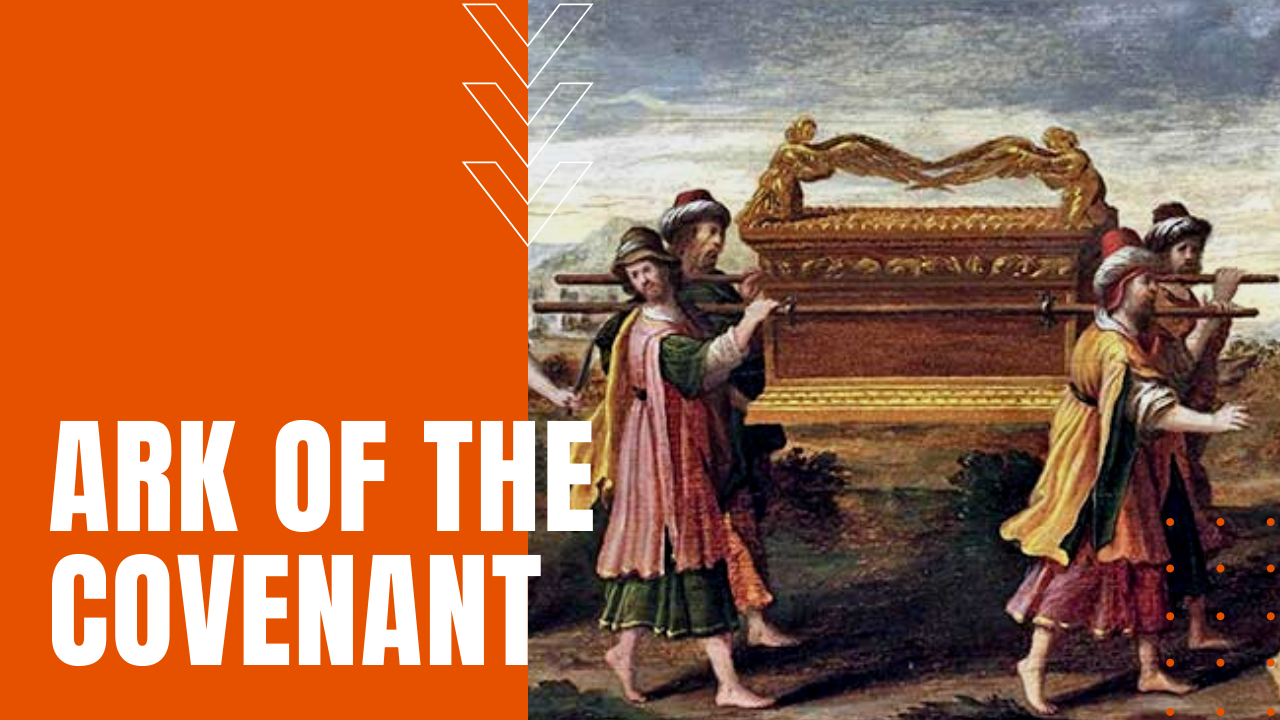-
February 2, 2022
Ferdinand Magellan: Exploration, Route and Discovery
Portuguese turned Spanish explorer, Ferdinand Magellan set sail with funding from the King of Spain to find a quick and lucrative route to the Spice Islands. After traversing the Atlantic Ocean and discovering the Pacific Ocean, Magellan died suddenly, leaving his crew to finish the circumnavigation.
-

-
January 24, 2022
The Industrial Revolution in Britain
The industrial revolution in Britain started with the steam engine and other innovations in engineering and manufacturing, leading many to urbanize and work long, dangerous hours in factories. With the rise of industrialization in Great Britain, a wealth divide between the low, middle and upper classes emerged.
-

-
January 21, 2022
The Eiffel Tower: History, Purpose and Two Missed Demolitions
The Eiffel Tower was built by bridge builder and architect Gustave Eiffel for the 1889 World’s Fair and was the tallest structure in the world at the time. It was almost deconstructed twice but found purpose in broadcasting and tourism.
-

-
January 18, 2022
Loch Ness Monster: Sightings, Photos and Investigations
The Loch Ness Monster, a piece of Scottish folklore that locals and tourists have posited since the story was first recorded in the sixth century. In 1934, Robert Kenneth Wilson took the infamous picture of an unknown animal in the loch, leading to further speculation, mystery and myth.
-

-
January 17, 2022
Northwest Passage: The 300+ Year Search for a Route to Asia
The age of exploration inspired many mariners to search for the Northwest Passage, which was believed to be a viable shipping route from the west to Asia. It would take more than 300 years and many mistaken Asian landfalls, mutinies, and the lives of sailors before the route was successfully traversed.
-

-
January 14, 2022
The Bronze Age: Metallurgy’s Massive Impact on Man
After the ancient Sumerians likely started the Bronze Age by becoming the first humans to smelt tin with copper, the metallurgical process spread across early civilizations, helping to move early man toward centralized rule, writing, animal husbandry and agriculture.
-

-
January 11, 2022
The Lost Ark of the Covenant
According to the Hebrew Bible, the Ark of the Covenant was constructed of gold and wood by Moses and the Israelites after they fled Egypt. The location of the Ark is unknown today, despite many theories of its location, making the Ark of the Covenant one of the most important missing artifacts in Judeo-Christian history.
-
